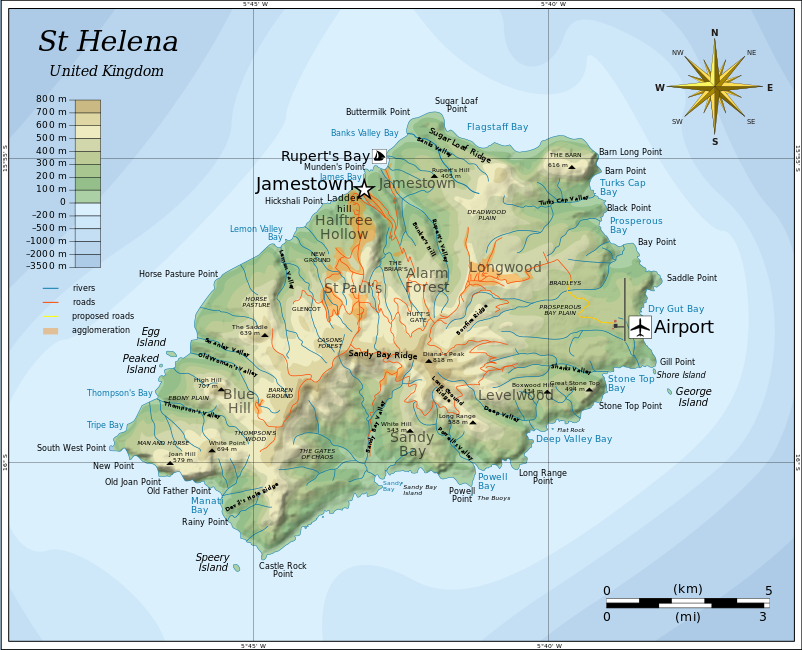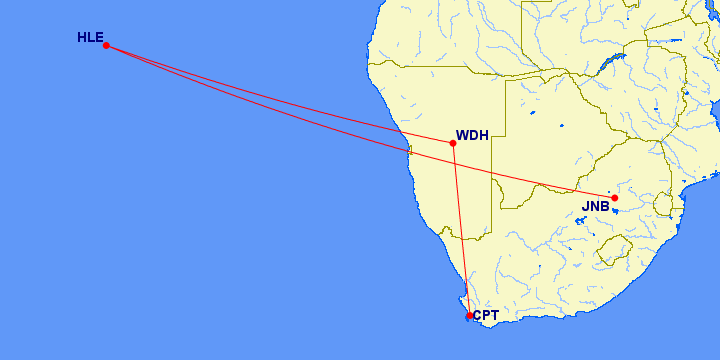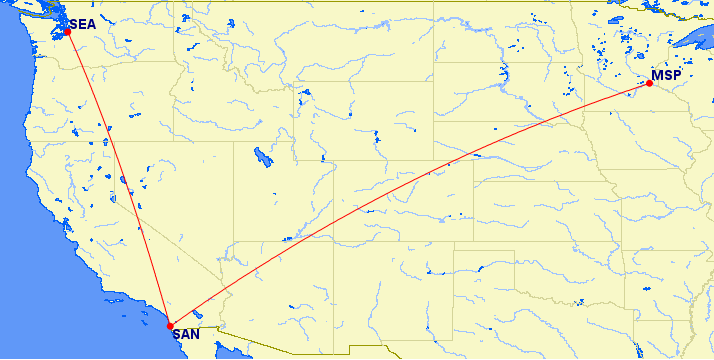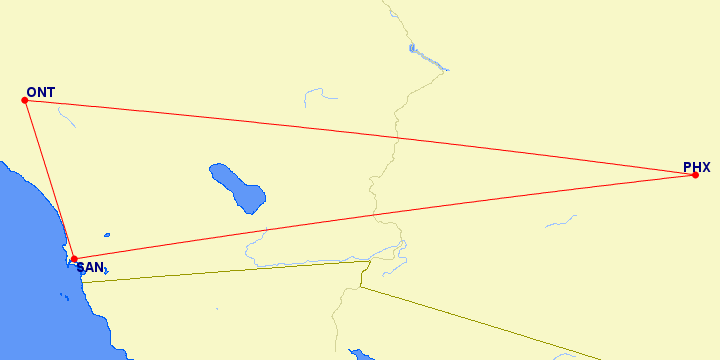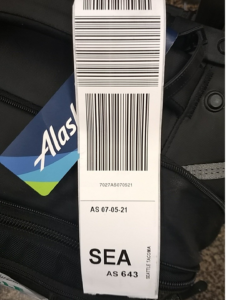The island of Saint Helena is one of the most remote places in the world. Until two months ago, the only way you could visit the remote British territory was by private vessel or by taking the Royal Mail ship RMS St. Helena. It’s a very long journey across the stormy South Atlantic, taking 5 days each direction. The nearest mainland is Namibia, over 1,200 miles away.
Two months ago, an airport finally opened in St. Helena, the world’s newest commercial airport (airport code HLE). It took 12 years to build from the time it was originally approved, because of the challenging terrain. The airport was spectacularly expensive costing over $400 million (around $100,000 per resident of St. Helena). Making matters worse, after the airport opened, authorities figured out that the aircraft type for which it was built couldn’t safely land due to wind shear. The largest aircraft that can land is a regional jet, and these can’t be fully loaded.
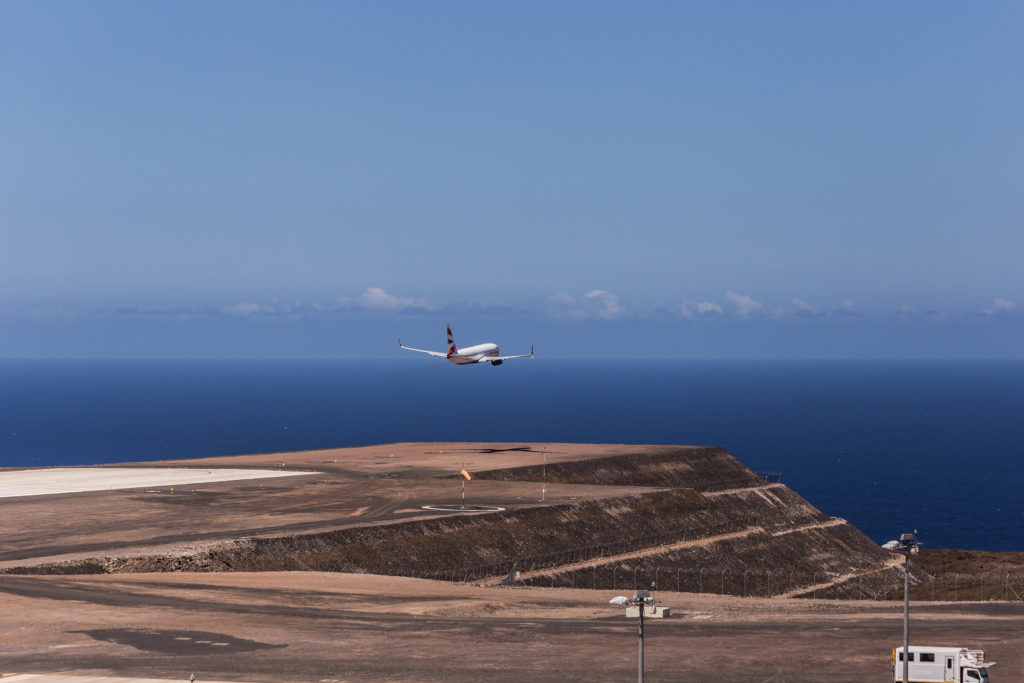
This isn’t the plane I’ll be flying to St. Helena, because qualification tests for this aircraft type failed.
This throws a monkey wrench into the already dubious plans for the airport to create a tourism industry on St. Helena. Because of the high operating costs, flights there are crazy expensive. I’m flying roughly the distance of a roundtrip from Seattle to New York (a trip I can easily buy for $400) and my ticket cost a cool $1,175 in points. Additionally, there is only one flight a week, meaning once the plane leaves, you’re stuck on the island for a week. But that’s OK, once you’re there, you can make satellite phone calls for $1.60 per minute.
Naturally, this is the best place I could think of to ring in the New Year so I’d like to invite my readers to join me. I’m leaving from Johannesburg to St. Helena on December 30, 2017 and returning January 6, 2017. It’s normally very hard to get to Johannesburg on points, but not if you book last minute–I was able to use my Alaska Airlines Mileage Plan points to score a first class ticket on Cathay Pacific (an unusual thing for me to do but also a no-brainer; it’s 50k points in economy class and 70k in first class). The easiest way to buy tickets onward to St. Helena is on the United Web site (even though the flight is operated by Airlink, a South African Airways regional affiliate). Right now, the cheapest tickets are $1,264. Because the airport code HLE is new and isn’t loaded in most travel agency computer systems, it’s surprisingly hard to book tickets to this destination.
Note that there is only one flight per week, on Saturdays, so the shortest period of time you can spend on the island is one week. I don’t expect anyone to actually show up, but if you do, I’ll buy you a drink! 🙂
Are you joining me for New Year’s Eve in St. Helena?

